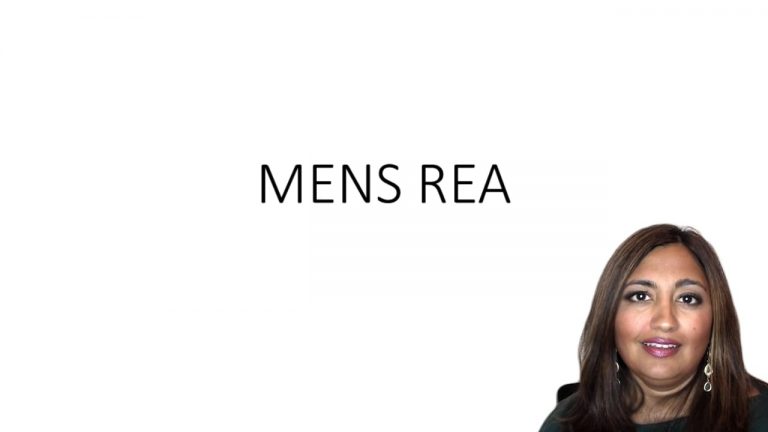Criminal Law Keyed to Kadish
Morissette v. United States

ProfessorScott Caron
CaseCast™ – "What you need to know"
Facts
Defendant, a junk dealer, openly entered an Air Force practice bombing range and took from the range old bomb castings that had been lying unused for years. Defendant flattened the casings and sold them for a profit. Defendant was subsequently indicted and convicted of violating a statute that criminalized the act of “knowingly converting” government property. At trial, Defendant’s defense was that he believed the casings had been abandoned. The Act made no mention of intent and at the trial; the Judge instructed the Jury that the question of intent was whether or not Defendant had intended to take the property. D’s conviction was affirmed on appeal and the Supreme Court of the United States granted review.
Only StudyBuddy Pro offers the complete Case Brief Anatomy*
Access the most important case brief elements for optimal case understanding.
*Case Brief Anatomy includes: Brief Prologue, Complete Case Brief, Brief Epilogue
- The Brief Prologue provides necessary case brief introductory information and includes:
Topic:
Identifies the topic of law and where this case fits within your course outline.Parties:
Identifies the cast of characters involved in the case.Procedural Posture & History:
Shares the case history with how lower courts have ruled on the matter.Case Key Terms, Acts, Doctrines, etc.:
A case specific Legal Term Dictionary.Case Doctrines, Acts, Statutes, Amendments and Treatises:
Identifies and Defines Legal Authority used in this case.
- The Case Brief is the complete case summarized and authored in the traditional Law School I.R.A.C. format. The Pro case brief includes:
Brief Facts:
A Synopsis of the Facts of the case.Rule of Law:
Identifies the Legal Principle the Court used in deciding the case.Facts:
What are the factual circumstances that gave rise to the civil or criminal case? What is the relationship of the Parties that are involved in the case.Issue(s):
Lists the Questions of Law that are raised by the Facts of the case.Holding:
Shares the Court's answer to the legal questions raised in the issue.Concurring / Dissenting Opinions:
Includes valuable concurring or dissenting opinions and their key points.Reasoning and Analysis:
Identifies the chain of argument(s) which led the judges to rule as they did.
- The Brief Prologue closes the case brief with important forward-looking discussion and includes:
Policy:
Identifies the Policy if any that has been established by the case.Court Direction:
Shares where the Court went from here for this case.
Topic Resources

 15m 13s
15m 13s